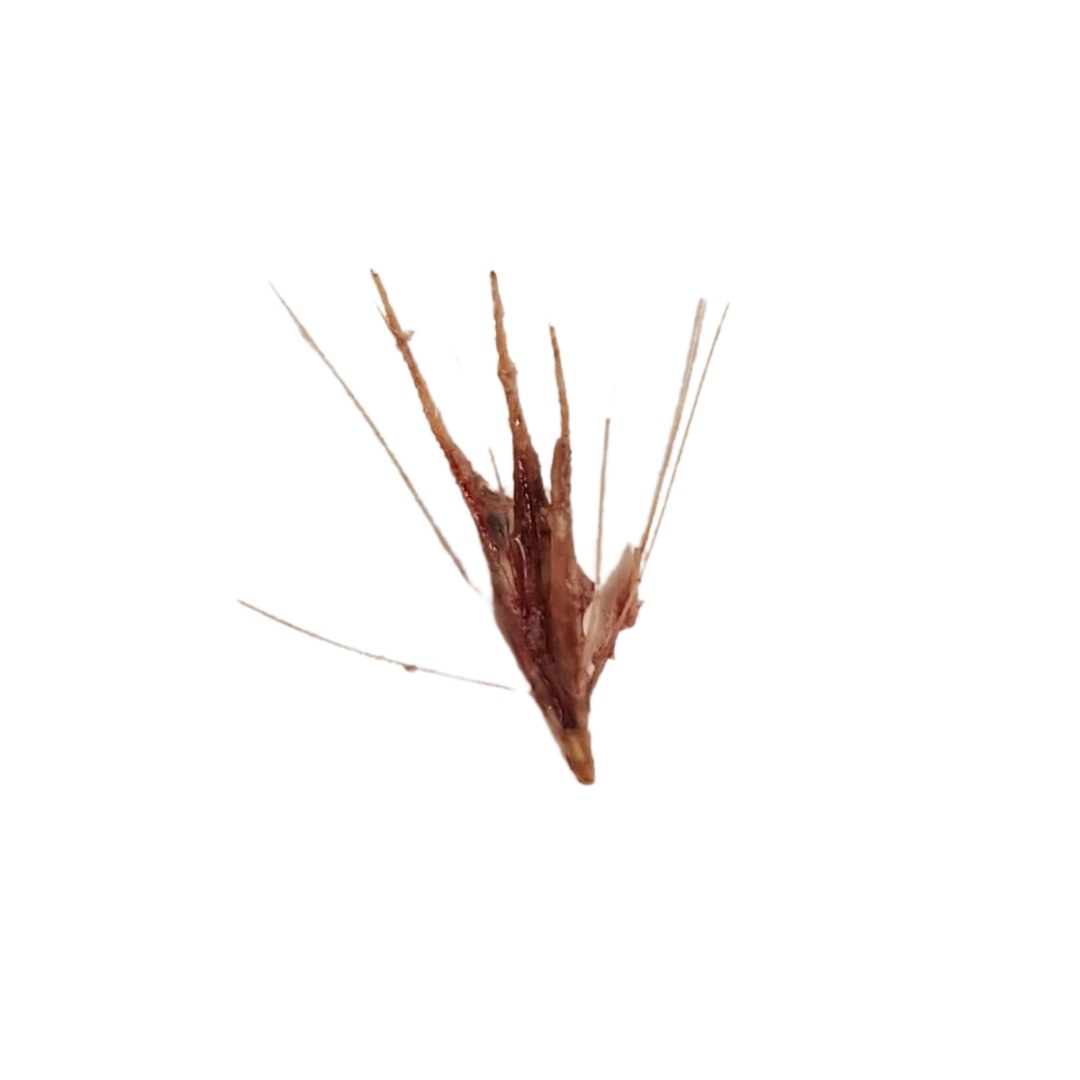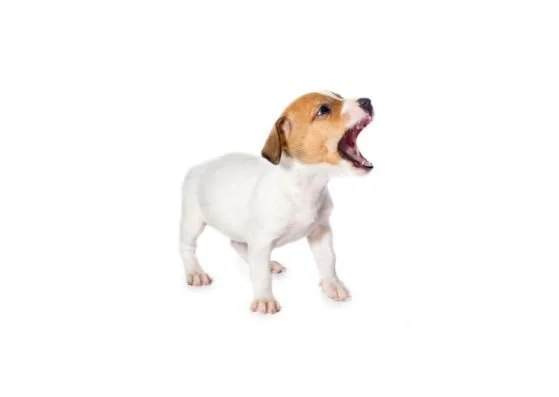Nasty Grass Seeds
Tis’ the season to be cautious, fa la la la la, la la la.. huh?
Friends, it’s Grass-Seed Season! The season that nobody asked for but comes around banging on your salon door bearing arms (and paws) full of unwanted gifts.
So, what is a grass seed, what do they look like and why are they dangerous to our dogs?
Well, the name may be the only reasonable component of the grass seed in the sense that it is, quite pragmatically, the seedling from which new grass will germinate. Cases of grass seeds in dogs rise rapidly between the end of Spring to late Summer because our native grasses begin to dry out and drop more readily. In Australia, grass seed season is between late October and February.
Now, we weren’t around 66 million years ago to tell you which came first, the grass or the grass seed (and dinosaurs weren’t avid record keepers) but we like to think it was probably the grass, purely so we have something to blame for the merciless design and structure of the seed.
The seed itself has a sharp pointed tip, which means it easily embeds itself into skin. As if that weren’t enough, most seeds will have a fanned awn, and if it has imbedded itself far enough through the dog's skin, similar to the action of the tip of a fishhook, it makes it impossible to go backwards. Thanks to their small size, grass seeds can not only penetrate external skin, but are easily ingested through our dogs' noses and mouths and can be caught internally!
Forget ghosts and zombies, we’re dressing up as grass seeds next Halloween!
Grass seeds can cause our dogs a range of problems, from minor irritation and external infections all the way to severe internal damage due to their ability to migrate through the body.
The signs to look for depending on the affected area during this period (and year-round) include:
Coat: Matting hair
Skin: Chewing a particular area, redness and swelling
Ears: Excessive shaking, rubbing or scratching the ears, redness, swelling or holding their head at a tilt
Eyes: Increase in tearing or a change in colour of discharge, redness, inflammation, corneal ulcer, frequent rubbing of the eye or excessive squinting
Nose and lungs: Nasal discharge, scratching or rubbing of the nose, difficulty breathing or frequent sneezing
Mouth and throat: Coughing, gagging, retching and struggling to eat or swallow
Paws: Licking or chewing the feet, limping, redness or swelling
Genitals: Licking, swelling, redness, difficulty urinating or the presence of blood in urine
What can we do as dog groomers if we see a visible grass seed?
Well if you’ve been a groomer through one of these seasons before, odds are you’ve had many cases of grass seeds, particularly between the toes of our clients! You may have in fact removed one, whether that be intentional, or have blown it out with the blow dryer, or pulled it out in the removal of a mat. But the safest practice is to refer our furry friends to the vet! The reason being is that we don’t know what the grass seed looked like before it was imbedded so we can never be completely sure it has been entirely removed. It’s important to clearly communicate the complications of a grass seed to your dog owners, as well as the reasons why it may not be safe for you to remove, as some trigger-happy puppy parents may take it on themselves to pull out, which is their prerogative, but making sure they’re aware of the risks can make them more attentive to their dogs behaviour, and condition post-removal.
Similarly, if you have removed a grass seed (whether on purpose or not), let the owners know and where possible - lock that sucker up! Not just because these things deserve to be behind bars for breaking and entering, but if there are any ongoing issues around the open site, it can be handy for the vet to be able to see what came out it and whether it is in fact just a continuation of the original irritation, or part of the seed has broken off and migrated.
As usual with any potential risks, prevention is the best defense so here are a few things we, as groomers, can suggest to owners to help keep their pets safe during grass seed season:
Keep their grass at home short, particularly between October and November
Avoid long grass when on walks
Keep dogs well groomed, particularly around their feet and ears
A quick check of their dogs' feet and ears after a walk will help avoid more sinister problems down the track
It’s essential to be proactive as soon as you do see or suspect a grass seed is present, as well as ensuring you are checking high risk areas during both your grooming consultation as well as during the groom itself.
Wishing you all a safe and as-happy-as-possible grass seed season, and when she does come banging on your salon door with gifts in tow... please don’t tell her where we live!
YOU MIGHT ALSO LIKE






